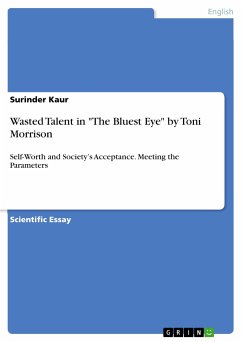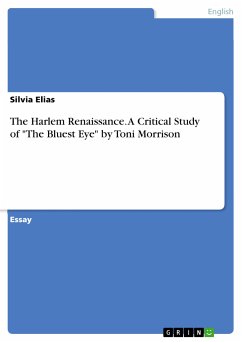Seminar paper from the year 2003 in the subject American Studies - Literature, grade: A (1), Southern Connecticut State University (English Department), course: Wives, Mothers and Harlots:The Work of Toni Morrison, Alice Walker, Miriam Mathabane and June Jordan, language: English, abstract: For just over two hundred years, the concern to depict the quest of the black speaking subject to find his or her voice has been a repeated topos of the black tradition, and perhaps has been its most central trope. As theme, as revised trope, as a double-voiced narrative strategy, the representation of characters and texts finding a voice has functioned as a sign both of the formal unity of the Afro-American literary tradition and of the integrity of the black subjects depicted in this literature (Gates 29-30). In his article “Color me Zora: Alice Walker’s (Re)Writing of the Speakerly Text”, Henry Louis Gates Jr. talks about The Color Purple in connection with other novels by black authors (especially Their Eyes Were Watching God by Zora Neale Hurston) whose characters are all looking for a voice throughout the story. The theme of finding a voice seems to be very characteristic of African-American writing. Tamar Katz points out that “The Color Purple remains, above all, [...] a novel about the instruction of Celie and her coming into consciousness (69). And, speaking of The Color Purple, Diane Gabrielsen Scholl also clarifies that [t]he novel is [...] the story of Celie’s changing fortunes [...] as Celie gradually overcomes the oppressive conditions of her despised situation, achieving in the end the prosperity and family security she has longed for (109). Walker emphasizes throughout the novel that the ability to express one’s thoughts and feelings is crucial to developing a sense of self. According to Carla Kaplan, Celie “in some way hinges on her ability to narrate her life story and to find an audience fit to hear and understand it (181). She argues that Celie does not exactly need to find a voice but rather learn how to use it: [...]









